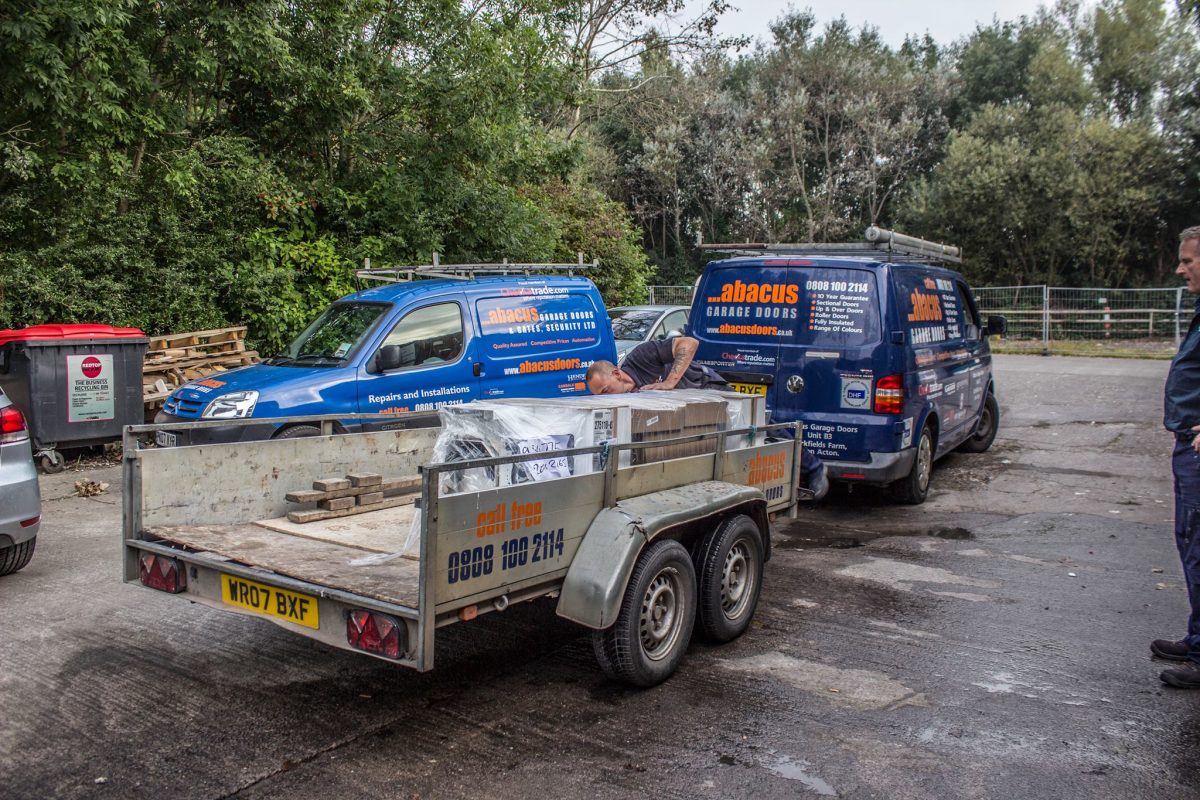
An electric gate stuck wide open isn't just annoying; it’s a serious security concern. Whether you're a homeowner, landlord, or business owner, a gate that won’t close leaves your property exposed to potential intruders, pets wandering off, or unwanted traffic, it's a problem that demands immediate attention.
Fortunately, two of the most common reasons an electric gate refuses to close—sensor malfunctions and power issues—can often be resolved without needing to call a technician. With a few basic checks and tools, you can often identify the cause and implement a fix yourself.
If your electric gate is stuck open, don’t panic. Here’s how to quickly troubleshoot the issue and restore your gate’s operation.
Common Causes of Electric Gates Stuck Open

1. Sensor Malfunction
Your gate’s safety sensors are designed to prevent accidents by stopping the gate if something is in its path. But when these sensors misfire - often due to dirt, misalignment, or faulty wiring - they can prevent the gate from closing altogether.
What Happens:
The system may interpret a false obstruction or think the path is blocked, keeping the gate stuck open as a safety precaution.
Signs of Sensor Problems:
- Blinking or red sensor lights
- The gate tries to close but reopens immediately
- The gate motor activates, but movement is interrupted
In most cases, these issues are visible and fixable without technical training.
2. Power Supply Problems
Electric gates rely on consistent power to operate. If the supply is disrupted, due to wiring issues, blown fuses, or flat batteries, the gate may become stuck open.
What Happens:
The gate's motor may lack enough power to complete the closing cycle, or the control board may not receive the signal to shut the gate.
Signs of Power Issues:
- Remote control unresponsive
- The gate motor makes strange noises or stops mid-cycle
- No lights or display on the control panel
In many situations, power problems stem from minor issues you can fix with basic tools.
Quick Fixes for Stuck Electric Gates

Before calling for professional repair, try these simple steps to resolve the most common electric gate problems.
A. Fixing Sensor Issues
1. Check for Obstructions
Leaves, spider webs, or even tiny insects can block the sensor beam.
- Inspect the area between the sensors.
- Remove any debris, spider webs, or dirt manually.
- Make sure no vehicles or objects are blocking the path.
2. Clean the Sensor Lenses
Over time, sensor lenses can get dusty or grimy, interfering with their signal.
- Use a soft, damp cloth to gently wipe the sensor lenses.
- Avoid harsh chemicals or abrasive cloths, which can scratch the lens or leave residue.
- Let the lenses dry before testing the gate again.
3. Realign the Sensors
If your sensors aren’t properly aligned, they won’t register with each other.
- Visually confirm that both sensors are facing each other directly.
- Adjust the brackets by loosening the mounting screws and carefully repositioning the sensors.
- Watch for LED indicators (often green or red) that signal successful alignment.
Pro Tip: Some systems will blink a red light when misaligned and go solid when corrected.
4. Reset the Sensors
If cleaning and realignment don't work, try resetting the system.
- Power down the gate system for 30 seconds.
- Turn it back on to see if the sensor fault clears.
- Some models include a ‘reset’ or ‘learn’ button on the control board.
Learn more about troubleshooting gate sensors.
B. Fixing Power Supply Problems
1. Check the Power Supply
Power issues can be surprisingly simple to fix.
- Inspect the power cord and plug for wear or damage.
- Make sure the gate is firmly plugged in (for plug-in models).
- If your gate runs on a circuit breaker, check that it hasn’t tripped.
- For solar-powered gates, ensure panels are clean and receiving sunlight.
2. Replace or Recharge the Battery
If your gate uses a battery backup:
- Test the battery with a multimeter or battery tester.
- Recharge or replace if the voltage is too low.
- Always use the battery type recommended by the manufacturer.
3. Inspect the Motor
A struggling or silent motor could indicate a deeper power fault.
- Check for visible damage to the motor casing.
- Listen for humming or clicking sounds when the gate should be moving.
- Some motors have manual disengage switches—try switching to manual mode to move the gate and relieve pressure on the motor.
4. Perform a System Reset
Some electric gate systems include a manual reset or ‘learning’ function.
- Refer to your owner’s manual.
- Disconnect power for 30–60 seconds and reconnect.
- Press the ‘reset’ or ‘learn' button, if available, to recalibrate the gate’s position.
More on electric gate power problems.
When to Call a Professional

Tried all the above, and your electric gate is still stuck open?
That’s your cue to call in expert help. Certain issues, such as faulty circuit boards, broken gate arms, or damaged wiring, require a qualified technician to diagnose and fix safely.
At Abacus Garage Doors, our specialists handle:
Attempting to fix electrical components yourself could void your warranty or even cause injury. If you suspect anything beyond sensors or basic power issues, don’t take the risk and get professional support. Read official HSE safety guidance on powered gates.
Still troubleshooting? Here’s a deeper guide on automatic gate issues.
Final Thoughts: Restore Your Gate’s Function—and Your Peace of Mind
A gate that’s stuck open can leave you feeling exposed and frustrated, but with the right steps, many issues are easily resolved. Most of the time, cleaning and realigning your sensors or checking the power supply is all it takes to fix a stuck electric gate.
To prevent future problems:
- Clean sensor lenses every few months.
- Check your gate’s power supply regularly.
- Keep foliage and debris clear of the gate’s operating area.
- Create a simple maintenance log to track cleanings, resets, and any fault codes.
And remember—when the fix isn’t simple, Abacus Garage Doors is just a call away.
Need assistance? Contact Abacus Garage Doors for expert electric gate troubleshooting and reliable service.
